A Study Of Saurian Morphology: Pseudosuchia (part 2)



A study of Saurian morphology: Pseudosuchia (part 2)
Look at that. It’s a croc. With flippers. Yes it did actually exist.
Note to self: learn to schedule these things better. Coming back home after a long day of work to find out I had to do something with a ton of scales is NOT. AT. ALL. FUN. I’ll have to fix dem legs one day but right now I just can’t be bothered.
Edit: oh hey that sucker doesn’t look as bad as I originally had in mind.
- - -
Will Art for Science · Find me elsewhere
More Posts from Llamaslikesciencetoo and Others
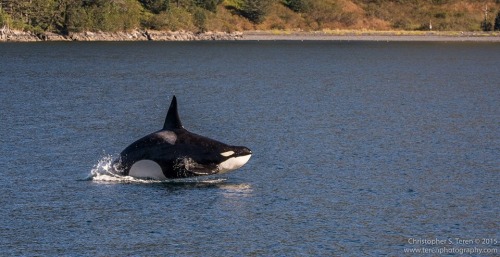
Breathtaking photo of a very special whale—AT6 Egagutak!
This photo was taken by Teren Photography yesterday (September 19th) in Aialik Bay. Egagutak is one of the 7 remaining AT1 transients. He, unlike the other AT1s, travels alone. To see this whale at all is a blessing. He’s truly one of a kind, and every sighting of him is a gift.


The Mud Dragons of Calvert Island, BC
Shedding light on these mysterious marine creatures.
by Josh Silberg
Spiky headed dragons roam the ocean floor from the poles to the tropics. But these are not winged beasts from the pages of science fiction. These strange creatures are Kinorynchs, aka “mud dragons“, and they are very real.
Roughly the size of a grain of salt, mud dragons are often overlooked, but a team from the Hakai Institute and the University of British Columbia (UBC) hopes to give them the spotlight they deserve.
“Canada has very few reports on these animals. The first step is to know what is there,” says Dr. Maria Herranz, a Hakai post-doctoral scholar and resident mud dragon expert at UBC…
(read more and see video: Hakai)
images by Marria Harranz

Northern Elephant Seals, Monterey Bay National Marine Sanctuary, CA, USA
Northern elephant seals were once hunted for their blubber, and were thought to be extinct until a small colony was found in the early 20th century. Since then, thanks to conservation efforts, northern elephant seal populations along the California coast have made an amazing recovery. Now, we continue to work with the public to protect this species and others protected under the Marine Mammal Protection Act. Interested in wildlife watching when you visit sanctuaries? Make sure to give these seals – and all other animals – plenty of space so they can thrive. The future of the world’s wildlife is truly in our hands. Learn more about how you can help at: http://sanctuaries.noaa.gov/protect/oceanetiquette.html. Photograph: Mike Baird/NOAA
(via: NOAA Office of National Marine Sanctuaries)
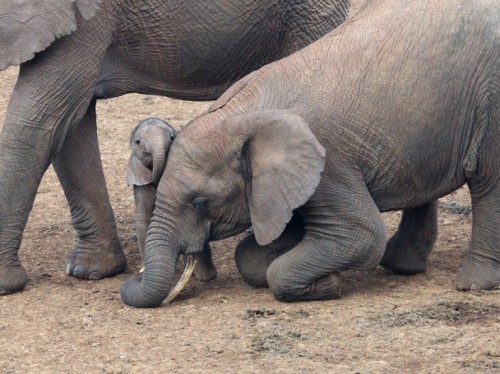
Big sister drops to her knees to show affection to newborn Photo by James Irwin
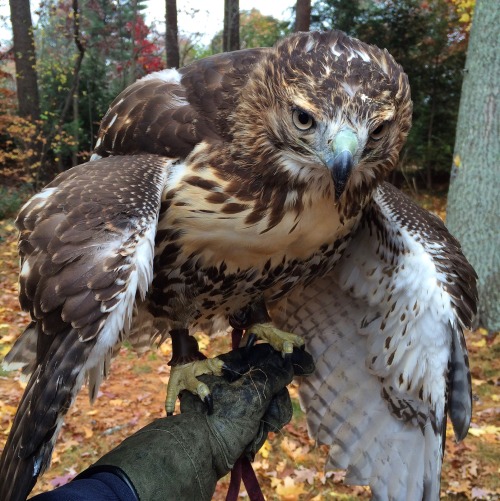
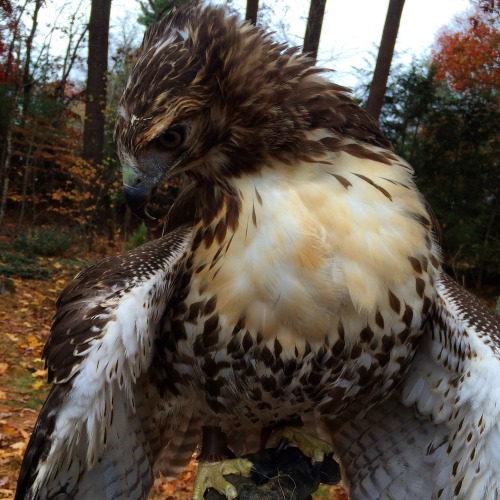
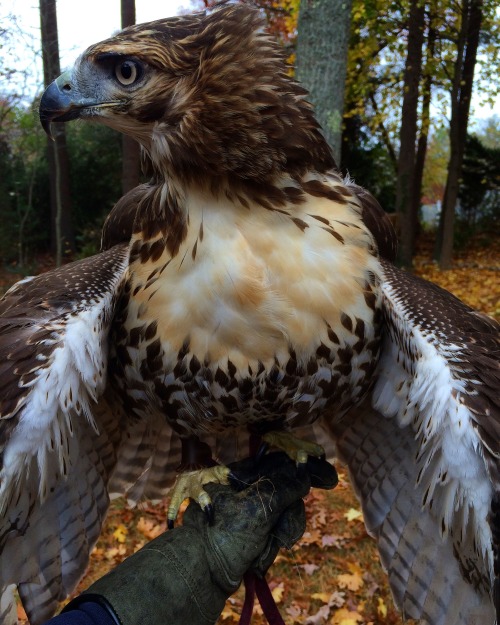
dragon 🐉

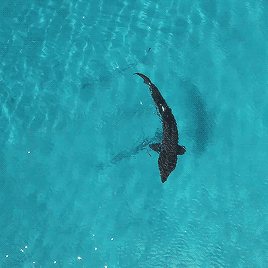
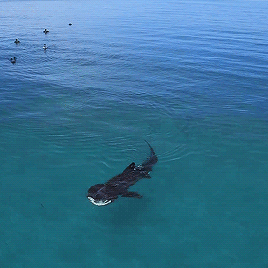
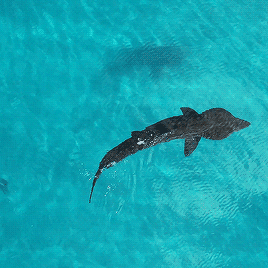

Snowshoe hares’ traditional habitat in Wisconsin may not be white enough to provide the animals with cover as the climate changes.
“The snowshoe hare is perfectly modeled for life on snow,” said Jonathan Pauli, a professor of forest and wildlife ecology at the University of Wisconsin-Madison and a coauthor of a study recently published in Proceedings of the Royal Society B, in a release. “They’re adapted to glide on top of the snow and to blend in with the historical colors of the landscape.”
The snow is vital for snowshoe hares (Lepus americanus), who rely on it for camouflage from predators. But snow is becoming less common in the southern range of their habitat in Wisconsin…
photo by Gordon E. Robertson

In this short video, augmented reality startup company Magic Leap used their cool technology to make 3D magic happen in a school gym.
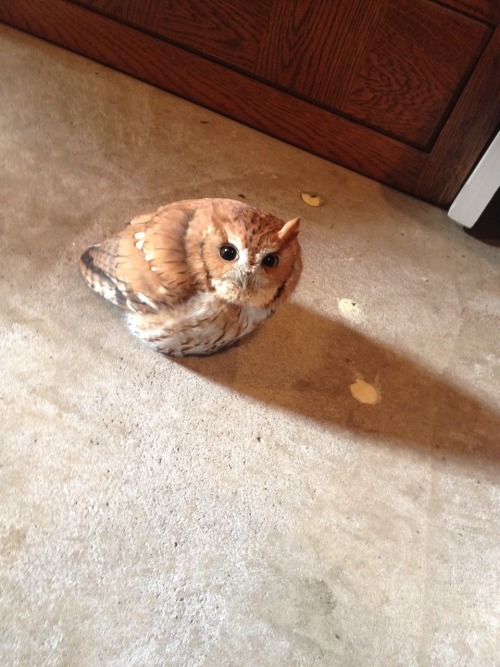

It’s a cute little thing though.
-
 justasmidgx liked this · 6 years ago
justasmidgx liked this · 6 years ago -
 jaymarcol-blog reblogged this · 8 years ago
jaymarcol-blog reblogged this · 8 years ago -
 jaymarus liked this · 8 years ago
jaymarus liked this · 8 years ago -
 squeedge liked this · 8 years ago
squeedge liked this · 8 years ago -
 atlas-the-worldbuilder liked this · 8 years ago
atlas-the-worldbuilder liked this · 8 years ago -
 bro-fisting liked this · 8 years ago
bro-fisting liked this · 8 years ago -
 maximumpring-blog liked this · 8 years ago
maximumpring-blog liked this · 8 years ago -
 killmongerrrr liked this · 8 years ago
killmongerrrr liked this · 8 years ago -
 hamed26hussein-blog liked this · 8 years ago
hamed26hussein-blog liked this · 8 years ago -
 cb350four liked this · 8 years ago
cb350four liked this · 8 years ago -
 love06644 liked this · 8 years ago
love06644 liked this · 8 years ago -
 axulxiz liked this · 9 years ago
axulxiz liked this · 9 years ago -
 dracandnau liked this · 9 years ago
dracandnau liked this · 9 years ago -
 jude1321 liked this · 9 years ago
jude1321 liked this · 9 years ago -
 palaeoblr liked this · 9 years ago
palaeoblr liked this · 9 years ago -
 llamaslikesciencetoo reblogged this · 9 years ago
llamaslikesciencetoo reblogged this · 9 years ago -
 noahdrawsthings-blog reblogged this · 9 years ago
noahdrawsthings-blog reblogged this · 9 years ago -
 goopydad liked this · 9 years ago
goopydad liked this · 9 years ago -
 incrediblyindecent liked this · 9 years ago
incrediblyindecent liked this · 9 years ago -
 llamafollower liked this · 9 years ago
llamafollower liked this · 9 years ago -
 todotolovetolookforwardto liked this · 9 years ago
todotolovetolookforwardto liked this · 9 years ago -
 sidhehound reblogged this · 9 years ago
sidhehound reblogged this · 9 years ago -
 sidhehound liked this · 9 years ago
sidhehound liked this · 9 years ago -
 crystal-cataphracts liked this · 9 years ago
crystal-cataphracts liked this · 9 years ago -
 crystal-cataphracts reblogged this · 9 years ago
crystal-cataphracts reblogged this · 9 years ago -
 randomsignal-blog liked this · 9 years ago
randomsignal-blog liked this · 9 years ago -
 lilgaygrl liked this · 9 years ago
lilgaygrl liked this · 9 years ago -
 takingturnsatrandom reblogged this · 9 years ago
takingturnsatrandom reblogged this · 9 years ago -
 z3r0-c001 reblogged this · 9 years ago
z3r0-c001 reblogged this · 9 years ago -
 ishachan liked this · 9 years ago
ishachan liked this · 9 years ago -
 melancholicwolfboy liked this · 9 years ago
melancholicwolfboy liked this · 9 years ago -
 zofia-asilo reblogged this · 9 years ago
zofia-asilo reblogged this · 9 years ago -
 alex-does-science reblogged this · 9 years ago
alex-does-science reblogged this · 9 years ago -
 troll-bridge liked this · 9 years ago
troll-bridge liked this · 9 years ago -
 corgskidor-blog liked this · 9 years ago
corgskidor-blog liked this · 9 years ago -
 evolution-incarnate liked this · 9 years ago
evolution-incarnate liked this · 9 years ago -
 velociraptrix reblogged this · 9 years ago
velociraptrix reblogged this · 9 years ago -
 viearbre liked this · 9 years ago
viearbre liked this · 9 years ago -
 velociraptrix liked this · 9 years ago
velociraptrix liked this · 9 years ago -
 t-reqs reblogged this · 9 years ago
t-reqs reblogged this · 9 years ago -
 smackins liked this · 9 years ago
smackins liked this · 9 years ago -
 rivermusic liked this · 9 years ago
rivermusic liked this · 9 years ago
Mainly interested in ecology, but also the entirety of science.
179 posts